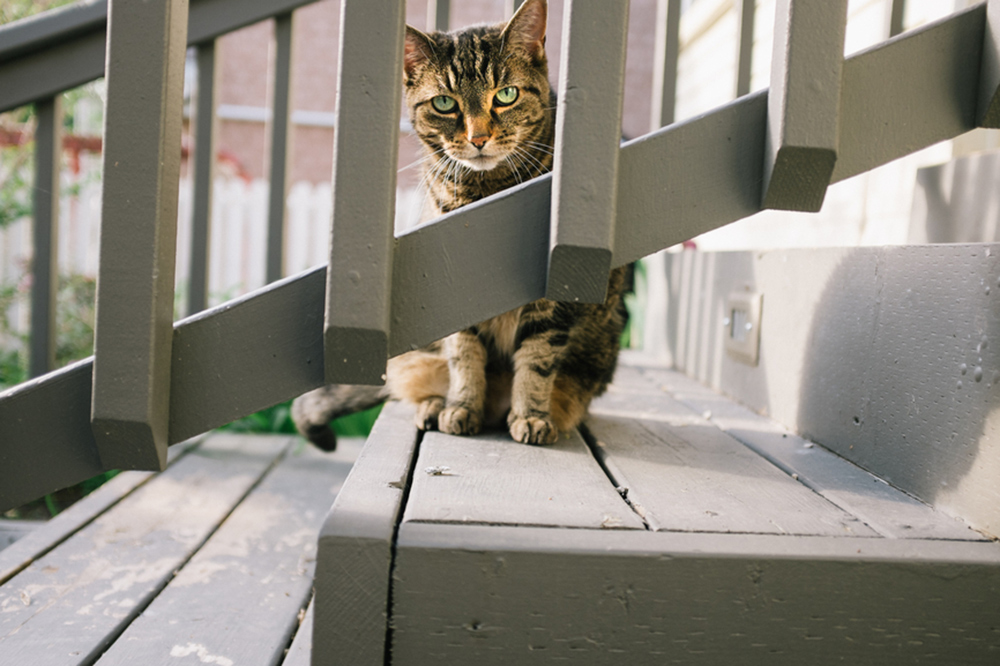Buying a flipped home can be tempting. They do it all the time on HGTV with fabulous results — what could go wrong?
What you may not realize is that flippers want to unload their property quickly, so there are usually some shortcuts involved — which can lead to headaches for you later on.
Here are five ways to make sure your flip doesn’t become a flop.
1. Suss out the sellers
Are they serial flippers? If so, there are a bunch of buyers out there who can attest to their credibility. Get their names and call them to ask about their experience. Don’t know your seller? A trip to the county assessor’s office will reveal the name on the deed and Google can take care of the rest. If the seller has a lot of experience with flipping homes, your real estate agent or home inspector will also probably know who they are, and whether their reputation stands up.
2. Do your due diligence
It goes without saying that you should always have your prospective home inspected, but this is especially important when buying a flip. And if any of the findings come back less than stellar, hire an inspector with experience in that particular area, whether it be mold, lead, or termites, to get a deeper reading, says Jeralyn Burns, a real estate agent at William Raveis Realty in Cheshire, CT.
Permits and land records are available to the public, so stop in to the local town hall (or look up the records online). And be sure to get a list of renovations done from your sellers and who did the work. Then cross-check to make sure those contractors are licensed.
3. Find out when the home was built
This can also help you decipher whether structural work has been done. If the home is 75 years old or more, the foundation has probably been repaired at least once. (If it hasn’t been, get a structural engineer in there pronto to look at it.) If it was built in the 1980s, chances are, that new “open concept” layout was created by removing walls, and you’ll want to know that this was done properly.
4. Look behind the shiny façade
You may see what looks like a new bathroom, but maybe the sellers only had it reglazed. That’s not necessarily a bad thing, but if the home was built in the 1950s, the pipes may be rotting behind the walls, says Anthony Giannico, a home inspector with AG Home Inspections in Nanuet, NY.
Ask the sellers if the plumbing was updated and whether they have the paperwork to prove it. Ditto the electrical system. If the electrical outlets have been painted over, that’s a good indication no one checked the electrical system.
5. Act as though you live there
Most flipped homes are vacant, so when you view the house, walk in as though you own the place. Flush the toilets, flip some switches, and turn on the faucets and stove burners. Open the windows and give the floors a closer look to see what kind of condition they’re in.
Have you bought a flipped house? Did you uncover any surprises after moving in? Share in the comments below!


